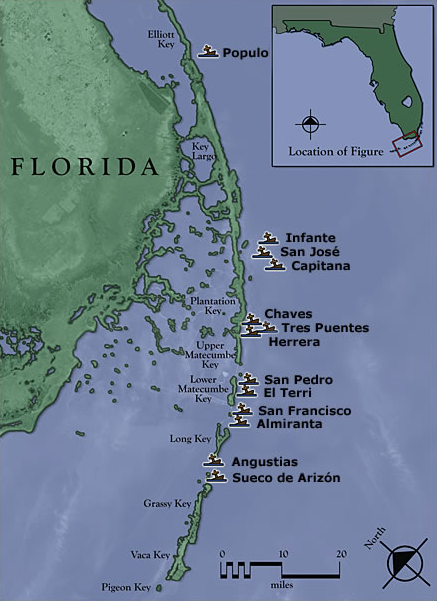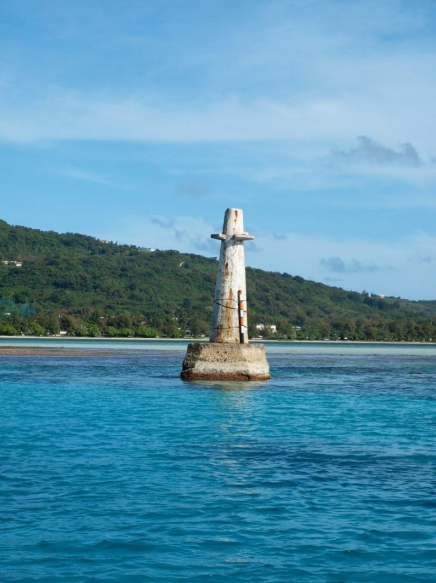One of my primary research interests is understanding Spanish exploration and colonization activities during the 17th and 18th centuries. This research has focused on Spanish activities in both Florida and the Mariana Islands in the Pacific.

Spanish in Florida
While I started researching Spanish sites as an undergraduate student at the University of Florida under the direction of Dr. Kathleen Deagan, my own research on Spanish activities began when I examined a Spanish Landing site that serviced the Apalachee mission settlements in the region for my master’s thesis. Later, when working for the State of Florida as an underwater archaeologist, I was part of the 1733 Spanish Galleon Trail project. The Florida Bureau of Archaeological Research partnered with the Florida Keys National Marine Sanctuary (FKNMS), John Pennekamp Coral Reef State Park, and Biscayne National Park to examine the wrecks of the 1733 Spanish Plate Fleet and create the “Spanish Galleon Trail.” While at the State I also conducted research into the Mystery Wreck, a 17th century Spanish shipwreck whose identity still remains a mystery. In 2014, I began archaeological excavations on the Pillar Dollar Wreck in Biscayne National Park which continued into 2016.
For more information, visit the page about the Spanish in Florida.

Spanish in the Mariana Islands, Pacific
Since starting work in the Commonwealth of the Northern Mariana Islands (CNMI), I developed two research projects related to Spanish colonial heritage. The first project was an examination of the potential for research on Spanish colonial sites in the CNMI. My second project was the investigation of a mid to late 19th-century wooden sailing vessel, named Japanese Light Wreck, because of its proximity to a prewar Japanese channel marker. I advised Sarah Nahabedian (Flinders University) and Aleck Tan (East Carolina University) on master’s theses related to this topic.
Visit Spanish in the Marianas to find out more.
